Festivals in Dominican Republic, situated on the island of Hispaniola in the Caribbean, boasts a vibrant and diverse array of festivals and holidays that reflect its rich cultural heritage, history, and the influences of its indigenous, African, and Spanish roots. These celebrations are not only occasions for joyous festivities but also serve as a testament to the Dominican Republic’s unique identity and the enduring spirit of its people. In this exploration, we will delve into some of the most relevant festivals and holidays in the Dominican Republic, examining their historical origins, cultural significance, and the ways in which they contribute to the nation’s cultural mosaic.
1. Independence Day – February 27th
Independence Day in the Dominican Republic is a cornerstone of national pride and celebration. Commemorating the country’s declaration of independence from Haitian rule on February 27, 1844, the day is marked by patriotic events, parades, and cultural activities throughout the nation.
Dominicans proudly display the national flag, which bears the distinctive blue and red colors and the coat of arms. The capital, Santo Domingo, hosts a grand military parade on the Malecón, a waterfront promenade, where thousands gather to witness the festivities. Independence Day is a testament to the country’s historical struggle for sovereignty and its commitment to preserving its identity.
2. Merengue Festival – July
The Merengue Festival, celebrated in July, pays homage to the national dance and music genre, merengue. Merengue is deeply ingrained in Dominican culture, and the festival is a vibrant celebration of this lively and rhythmic dance form.
Throughout the month, the country comes alive with merengue performances, dance competitions, and music festivals. The festival serves not only as a celebration of a musical genre but also as a reflection of the cultural unity and the joyful spirit that defines the Dominican Republic.
3. Carnival – February/March
Carnival is a festive season celebrated across the Caribbean, and the Dominican Republic is no exception. While the dates may vary, Carnival typically takes place in February or March, leading up to Lent. The celebration is characterized by colorful parades, elaborate costumes, music, and dance.
Santo Domingo and La Vega are known for their particularly lively Carnival celebrations. The festivities often feature characters known as “diablos cojuelos” (limping devils) who playfully interact with the crowd. Carnival is a time for communities to come together, express their creativity, and revel in the joyous atmosphere before the more solemn period of Lent begins.
4. Semana Santa – Holy Week (March/April)
Semana Santa, or Holy Week, is a significant religious observance in the Dominican Republic. Taking place in March or April, it commemorates the Passion, Crucifixion, and Resurrection of Jesus Christ. The week is marked by religious processions, church services, and cultural events.
In Santo Domingo, the capital, and other cities, elaborate processions reenact biblical scenes, and participants dress in traditional attire. Semana Santa is a time for reflection and devotion, with many Dominicans participating in religious activities and spending time with family.
5. Dominican Republic Jazz Festival – November
The Dominican Republic Jazz Festival is an annual event that brings together local and international jazz musicians to showcase their talent. Held in various locations, including Santo Domingo and Punta Cana, the festival contributes to the cultural vibrancy of the country.
The event not only celebrates jazz but also emphasizes the Dominican Republic’s engagement with global musical currents. It provides a platform for cultural exchange and appreciation of diverse musical styles. The Dominican Republic Jazz Festival is a testament to the country’s rich artistic scene and its openness to different cultural influences.
6. Festival de Merengue y Ritmos Caribeños – October
The Festival de Merengue y Ritmos Caribeños is a celebration of Caribbean rhythms, with a particular focus on merengue. Held in October, the festival features concerts, dance performances, and competitions that showcase the diversity of Caribbean music.
As merengue is deeply rooted in Dominican culture, this festival serves as a platform to highlight the genre’s various styles and influences. It fosters a sense of pride in the country’s musical heritage and encourages the exploration of the rich tapestry of Caribbean rhythms.
7. La Bandera Monumental – February 27th
La Bandera Monumental is a unique celebration that takes place on Independence Day, February 27th. It involves creating the world’s largest Dominican flag, known as “La Bandera Monumental,” in the heart of Santo Domingo.
The event brings together thousands of people who participate in the unfolding of the massive flag. It symbolizes unity, national pride, and a shared commitment to the ideals of independence. La Bandera Monumental is a visually stunning expression of Dominican patriotism and solidarity.
8. Virgen de la Altagracia – January 21st
The Virgen de la Altagracia is the patroness of the Dominican Republic, and her feast day is celebrated on January 21st. Pilgrims from across the country travel to Higüey, where the Basilica of La Altagracia is located, to pay homage to the Virgin.
The celebration involves religious processions, church services, and cultural events. Many Dominicans consider the Virgen de la Altagracia a symbol of protection and guidance. The feast day is a significant religious and cultural event that underscores the deep connection between spirituality and daily life in the Dominican Republic.
9. Festival del Merengue de Puerto Plata – October
The Festival del Merengue de Puerto Plata is an annual event held in October that celebrates the genre of merengue. Puerto Plata, located on the northern coast, is a hub for merengue music, and the festival showcases performances by local and international artists.
The festival includes concerts, dance competitions, and cultural activities that highlight the diversity of merengue styles. It is a vibrant celebration that brings together music enthusiasts and contributes to the promotion of Dominican musical traditions.
10. San Juan Bautista Festival – June 24th
The San Juan Bautista Festival is celebrated on June 24th in honor of St. John the Baptist. The festival has religious roots but also incorporates cultural and traditional elements. It is marked by processions, music, dance, and festivities in various communities across the country.
The celebration reflects the fusion of Catholic traditions with indigenous and African influences. San Juan Bautista Festival is an opportunity for communities to come together, express their cultural heritage, and celebrate the patron saint.
Conclusion
The festivals and holidays of the Dominican Republic offer a captivating journey through the country’s cultural diversity, historical depth, and the resilient spirit of its people. From the patriotic fervor of Independence Day to the rhythmic beats of merengue celebrated in various festivals, each event contributes to the tapestry of Dominican identity.
These celebrations are not merely occasions for revelry; they are expressions of national pride, cultural heritage, and a shared commitment to preserving the unique identity of the Dominican Republic. Whether through religious processions, lively music festivals, or grand parades, Dominicans come together to celebrate their history, culture, and the values that bind them as a nation.
Moreover, these festivals serve as a bridge between the Dominican Republic and the wider world, fostering cultural exchange and dialogue. Events like the Dominican Republic Jazz Festival and the Festival de Merengue y Ritmos Caribeños highlight the country’s engagement with global artistic currents and its openness to diverse cultural influences.
As the Dominican Republic continues to evolve and face new challenges, these festivals will undoubtedly remain essential to the fabric of the nation. They provide a space for both locals and visitors to engage with the cultural richness of the island, experiencing the traditions, stories, and collective spirit that define this enchanting Caribbean nation.




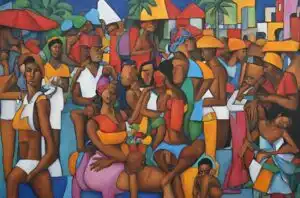

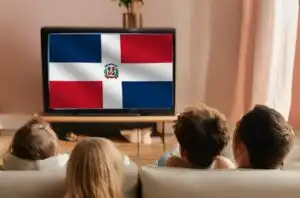


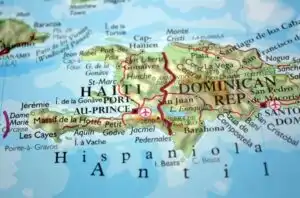
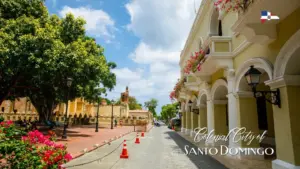

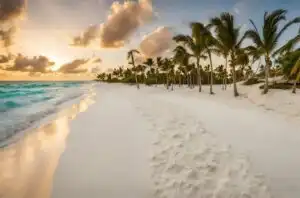
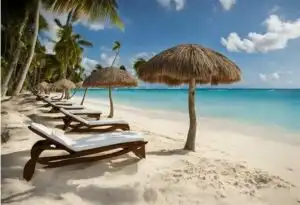
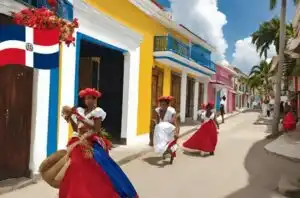
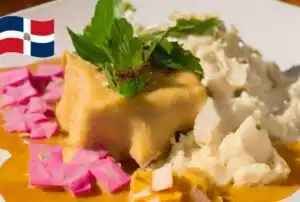
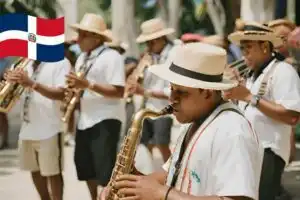
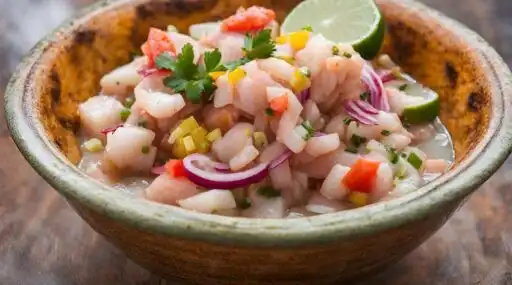

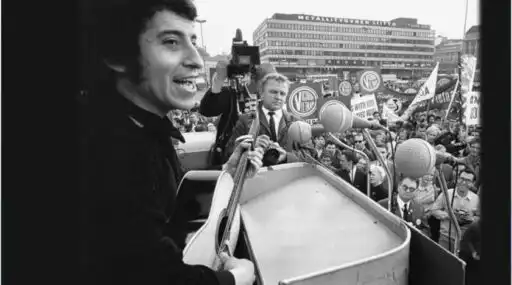
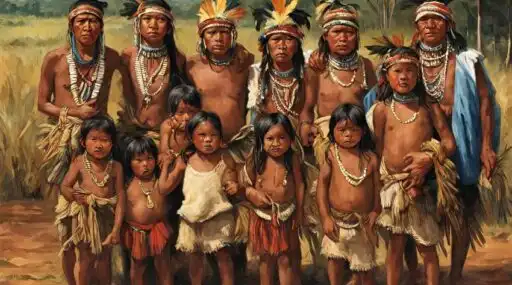

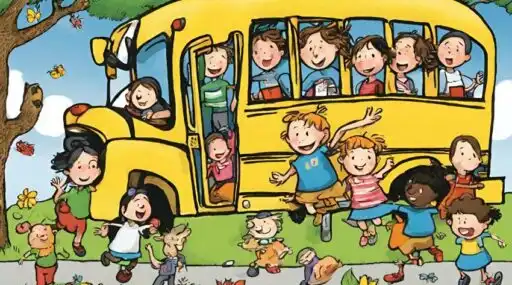
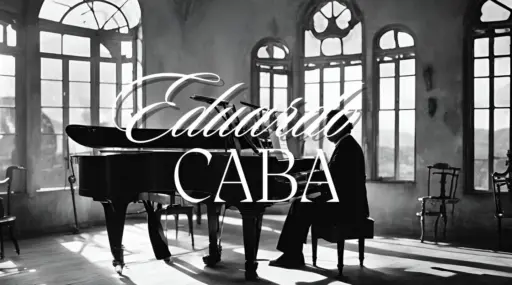

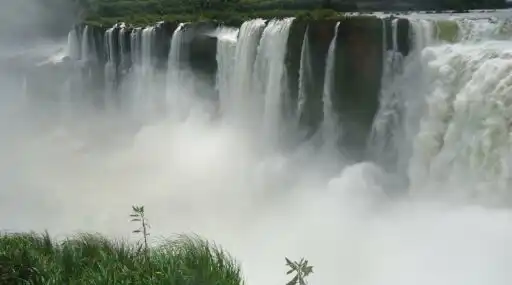


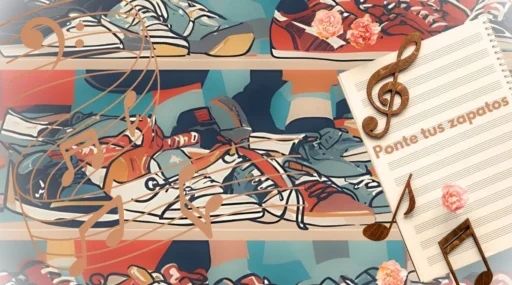
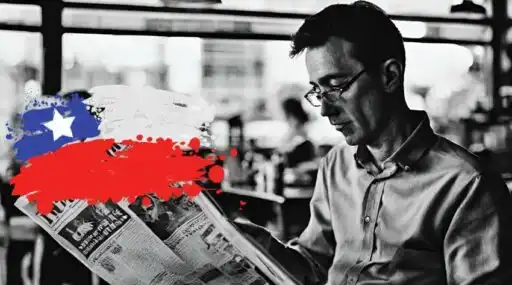
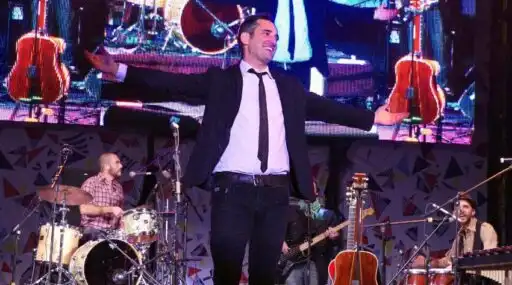
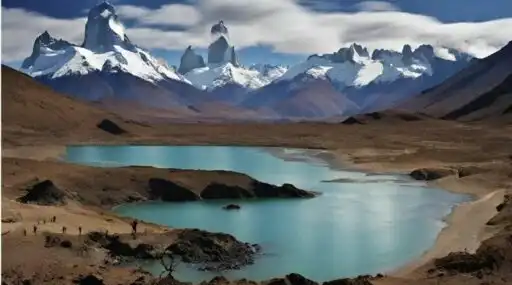

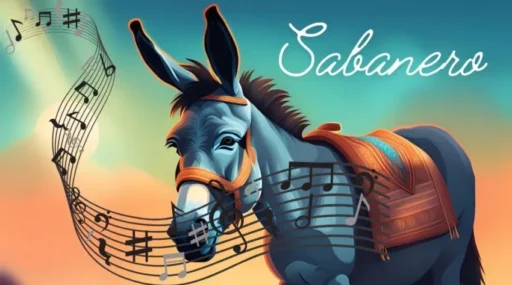
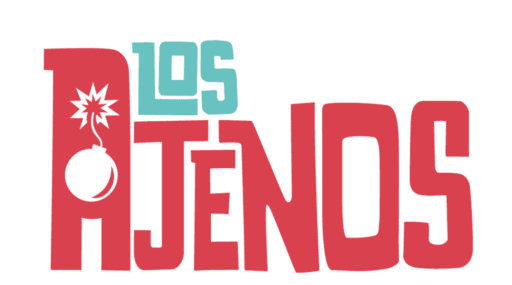
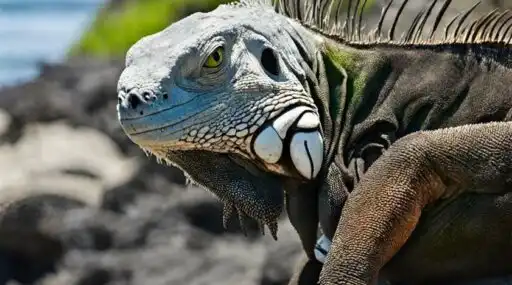
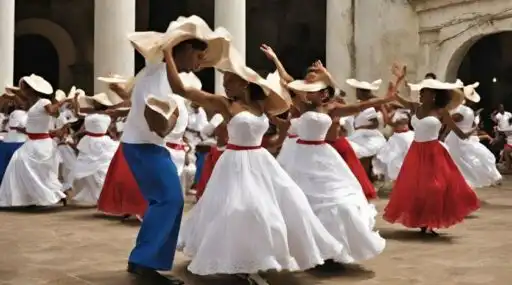
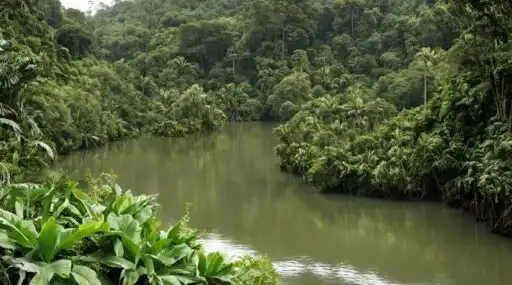
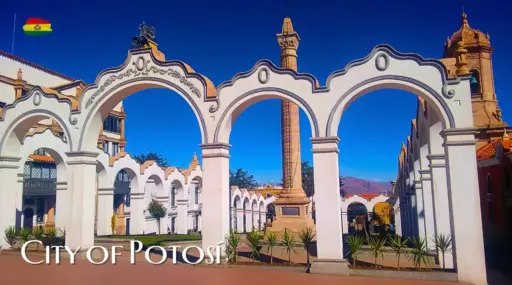


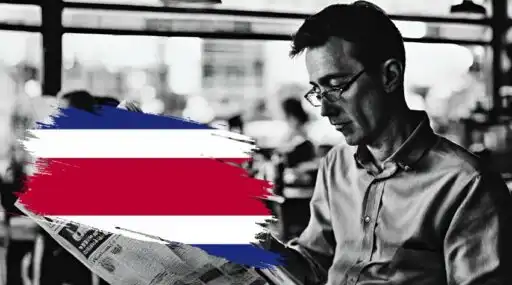
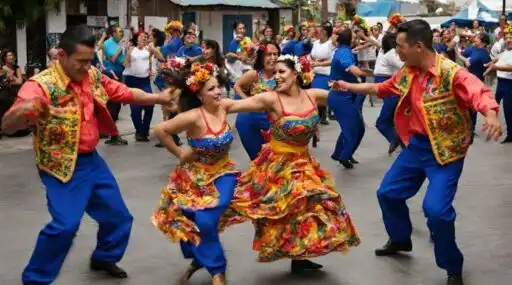




Leave a Reply